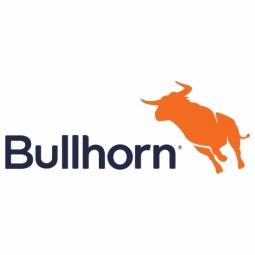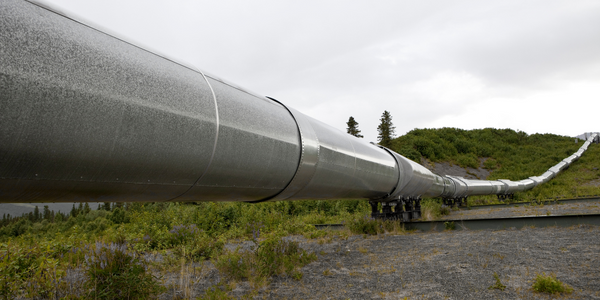Applicable Industries
- Oil & Gas
- Telecommunications
Use Cases
- Inventory Management
- Personnel Tracking & Monitoring
Services
- System Integration
About The Customer
Spencer Ogden is a dynamic energy recruitment specialist located on London’s vibrant Charlotte Street. Launched on 4 January 2010 by industry heavyweights David Spencer Percival and Sir Peter Ogden, the company has grown rapidly. It currently employs 37 staff and works within the oil and gas, renewable and nuclear sectors, recruiting highly-skilled energy professionals for 700 clients in over 30 countries including the USA, Brazil and the United Arab Emirates. The firm had plans for a rapid global expansion strategy, necessitating a robust and flexible CRM system.
The Challenge
Spencer Ogden, a fast-growing energy recruitment specialist, faced several challenges in the months leading up to its launch. The senior management team recognized the importance of choosing the right customer relationship management (CRM) system for the future success of the company. Given the fast-paced nature of the recruitment industry, it was crucial to find an intuitive system that would allow their staff to work to their maximum potential immediately. The firm also needed to have its infrastructure in place before the official launch, which necessitated a system that was easy to implement. As part of their global expansion strategy, Spencer Ogden required a system that made it simple to add new employees and easy to set up in new offices. Another challenge was the issue of initial outlay on IT equipment. The company wanted to avoid extensive start-up costs that would only inflate with the company’s planned growth.
The Solution
After meeting with several recruitment software providers, Spencer Ogden's senior management team chose Bullhorn’s fully-integrated, web-based recruitment software. Bullhorn’s cloud-based technology meant that staff at the new offices only needed an internet connection to start recruiting. The software's extensive email integration provided an audit trail of all emails and job specifications exchanged with clients, enabling recruiters to provide a seamless, high-quality service even in instances of staff absence. Bullhorn’s compatibility with the latest mobile technology allowed recruiters to work on the go, accessing emails and candidate records on their BlackBerry or iPhone. The software also integrated with social networking sites such as LinkedIn, enabling recruitment through less traditional methods. Bullhorn’s web-based software also eliminated IT startup costs, removing the need to spend thousands of pounds on servers and other IT kit.
Operational Impact
Quantitative Benefit

Case Study missing?
Start adding your own!
Register with your work email and create a new case study profile for your business.
Related Case Studies.

Case Study
Taking Oil and Gas Exploration to the Next Level
DownUnder GeoSolutions (DUG) wanted to increase computing performance by 5 to 10 times to improve seismic processing. The solution must build on current architecture software investments without sacrificing existing software and scale computing without scaling IT infrastructure costs.

Case Study
Remote Wellhead Monitoring
Each wellhead was equipped with various sensors and meters that needed to be monitored and controlled from a central HMI, often miles away from the assets in the field. Redundant solar and wind generators were installed at each wellhead to support the electrical needs of the pumpstations, temperature meters, cameras, and cellular modules. In addition to asset management and remote control capabilities, data logging for remote surveillance and alarm notifications was a key demand from the customer. Terra Ferma’s solution needed to be power efficient, reliable, and capable of supporting high-bandwidth data-feeds. They needed a multi-link cellular connection to a central server that sustained reliable and redundant monitoring and control of flow meters, temperature sensors, power supply, and event-logging; including video and image files. This open-standard network needed to interface with the existing SCADA and proprietary network management software.

Case Study
Refinery Saves Over $700,000 with Smart Wireless
One of the largest petroleum refineries in the world is equipped to refine various types of crude oil and manufacture various grades of fuel from motor gasoline to Aviation Turbine Fuel. Due to wear and tear, eight hydrogen valves in each refinery were leaking, and each cost $1800 per ton of hydrogen vented. The plant also had leakage on nearly 30 flare control hydrocarbon valves. The refinery wanted a continuous, online monitoring system that could catch leaks early, minimize hydrogen and hydrocarbon production losses, and improve safety for maintenance.










